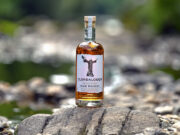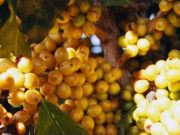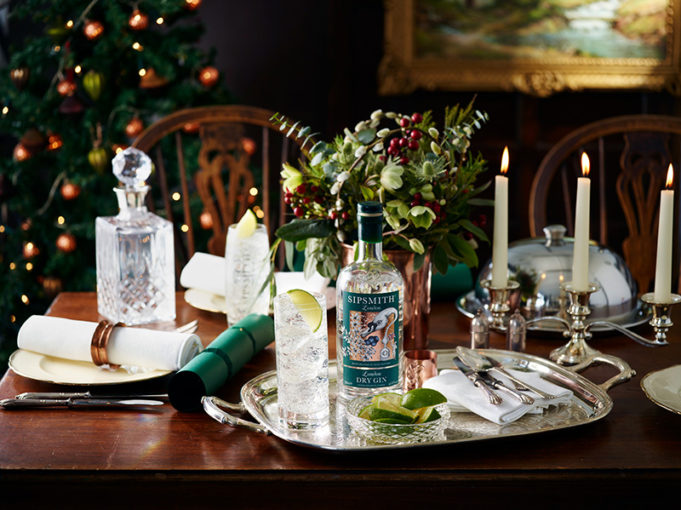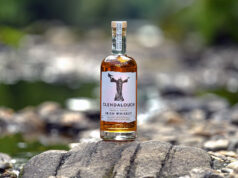Many would argue that any season is cocktail season. Fair enough. But the festive holiday season, which sends out the past year and ushers in the new, has a special place. Virtually every spirit has its core of special, even iconic, cocktails, from simple but highly effective gin or vodka and tonics to the improbably complex, muddled mint julep, the results of which are eternally rewarding.
Sipsmith itself is highly aromatic, overtly driven by juniper and spice, so it is delightful taken neat, or with a touch of ice.
Sipsmith Gin has issued a lovely book, “100 Gin Cocktails (with only three ingredients)” that would make a great gift, but do make sure to keep a copy for yourself. Sipsmith itself is highly aromatic, overtly driven by juniper and spice, so it is delightful taken neat, or with a touch of ice. A great alternative, a little more on the dry side, is D 1 London Dry Gin, in its thin, square bottle that makes a statement all on its own.
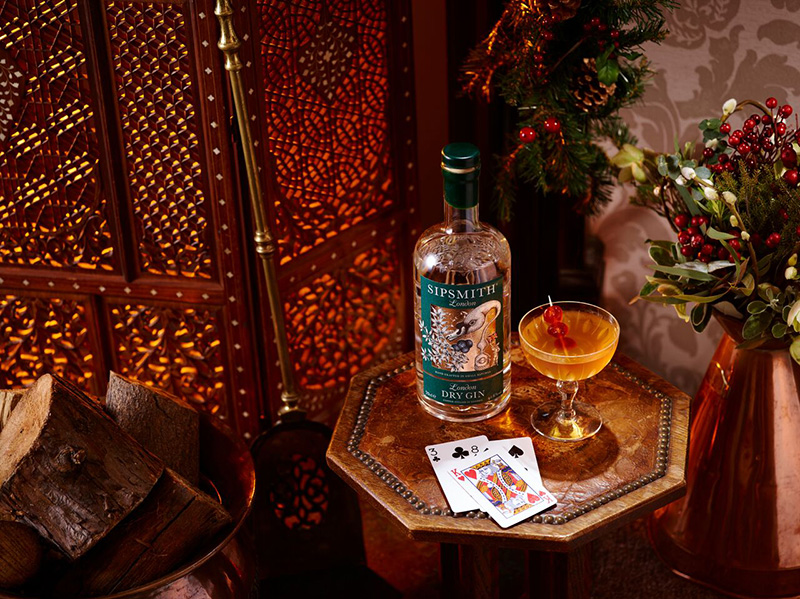
The Sipsmith book is full of information, contained in the “Know-How” section, and recipes in “The Cocktails” section, which is thoughtfully divided into four categories: Really Simple; Classics; Occasions; and New Takes.
Let’s take the great Negroni as illustrative of how these recipes work. Simple, doable, with a great result assured. First there is a little intro, cultural commentary: “The Campari does have a sharp, grapefruit-peel flavour to it that can overwhelm the uninitiated palate. But it is worth persevering. This drink embodies the aperitivo concept, getting the digestive juices flowing before a meal.” All good. The three ingredients are, in equal parts, London Dry Gin, Campari, and sweet (red) vermouth. The garnish is orange twist or even a wedge. How to make it? “Combine the ingredients in an ice-filled old-fashioned glass. Stir.” And there you are.
You can find such delights as the Reverse Martini, invented by Julia Child, in which the gin to vermouth ratio is inverted, at least for the first glass, which Child tended to serve with fish dishes, in preference over white wines.
You can find such delights as the Reverse Martini, invented by Julia Child, in which the gin to vermouth ratio is inverted, at least for the first glass, which Child tended to serve with fish dishes, in preference over white wines. So, it calls for ¼ part gin, 1 part dry (white) vermouth, stirred into an ice-filled white wine glass. Child craftily graduated the ratio towards the gin, as the evening went on.

Just one thing to add. Trying your gin neat, at room temperature, before heading into cocktail territory, is a great way to understand the gin, but your own palate as well. Each of us will find some gins work better for our palate than others. With the Sipsmith book, though, you can rest assured the recipes work amply well.



